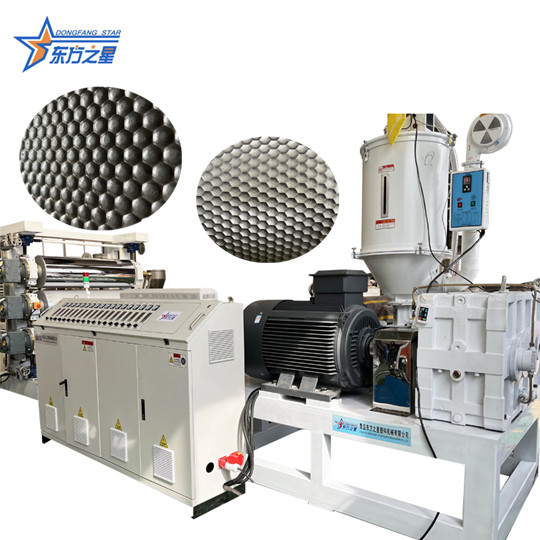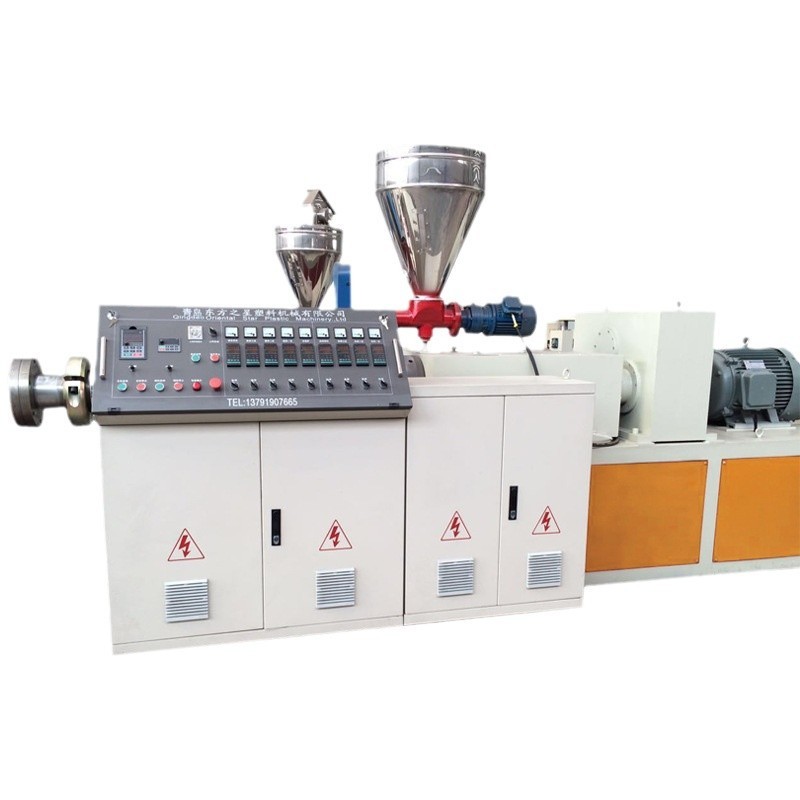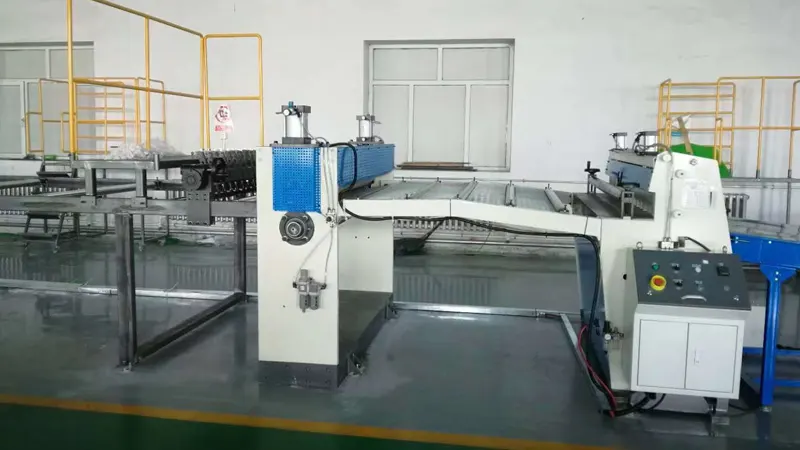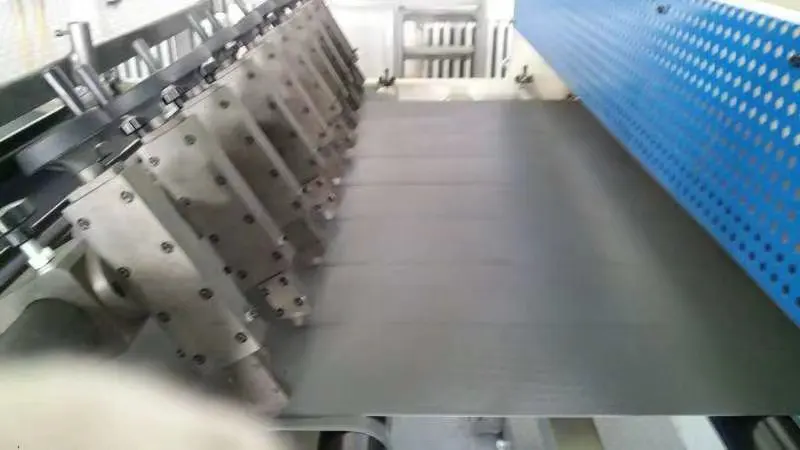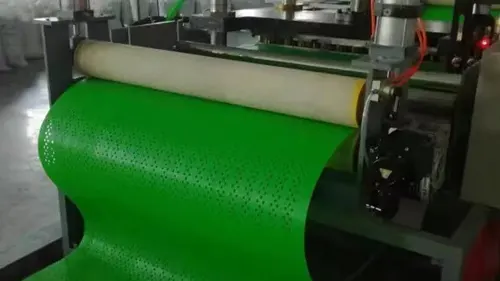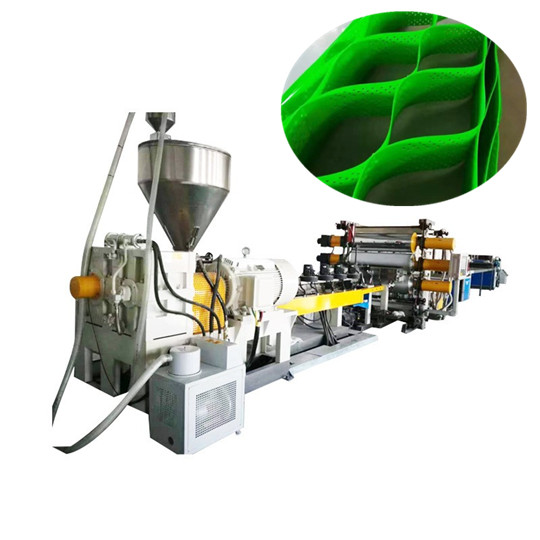- English
- Español
- Português
- русский
- Français
- 日本語
- Deutsch
- tiếng Việt
- Italiano
- Nederlands
- ภาษาไทย
- Polski
- 한국어
- Svenska
- magyar
- Malay
- বাংলা ভাষার
- Dansk
- Suomi
- हिन्दी
- Pilipino
- Türkçe
- Gaeilge
- العربية
- Indonesia
- Norsk
- تمل
- český
- ελληνικά
- український
- Javanese
- فارسی
- தமிழ்
- తెలుగు
- नेपाली
- Burmese
- български
- ລາວ
- Latine
- Қазақша
- Euskal
- Azərbaycan
- Slovenský jazyk
- Македонски
- Lietuvos
- Eesti Keel
- Română
- Slovenski
- मराठी
- Srpski језик
HDPE Sheet Extrusion Machine For Geocell
Eaststar is a renowned supplier of high-quality HDPE Sheet Extrusion Machine For Geocell production. With a reputation for excellence in the industry, Eaststar consistently delivers state-of-the-art machinery designed to meet the exacting demands of geocell manufacturing.
Send Inquiry
Eaststar’s advanced technology and unwavering commitment to quality make them a trusted choice for businesses seeking reliable and efficient equipment for geocell production. When it comes to HDPE sheet extrusion machines, Eaststar stands out as a leading provider, ensuring that businesses have the tools they need to produce top-tier geocell products.
HDPE Sheet Extrusion Machine For Geocell Feature:
1. Easily Expandable and Transportable: The geocell grid can be expanded into a net-like structure during construction, allowing it to be filled with loose materials such as soil, crushed stones, or concrete. This forms a structurally robust system with strong lateral confinement and high rigidity.
2. Lightweight and Durable: The material is lightweight, wear-resistant, chemically stable, and resistant to UV aging, acids, and bases. It is suitable for various soil conditions, including deserts and different types of terrain.
3. Enhanced Lateral Confinement and Load Distribution: The geocell grid provides high lateral confinement, anti-slip properties, and resistance to deformation. It effectively increases the bearing capacity of roadbeds and distributes loads.
4. Adjustable Geometry: The geometric dimensions of the geocell grid, such as height and welding spacing, can be adjusted to meet specific engineering requirements.
5. Easy to Transport and Install: The geocell grid is easy to transport due to its collapsible nature and can be quickly installed, making construction efficient.
In essence, when loads are applied to the roadbed, a raised active zone is formed beneath the load, which is then compressed through a transition zone, causing the passive zone to rise. This means that the bearing capacity of the foundation is determined by the shear forces along the slip line and the forces acting on the active, transition, and passive zones. This principle is clearly observed in sandy soil and is also present in soft ground roads, although the rate of change is slower. Even with good roadbed materials, lateral movement of materials on both sides of the roadbed cross-section due to long-term wheel load rolling and vibration forces is a significant factor. This phenomenon can be observed in various highways in our province, where the main driving lanes exhibit an "S"-shaped groove. Some highways are no exception, with noticeable bumps when driving in the driving lane compared to the overtaking lane, especially in bridge connection sections (commonly known as "bridge jumping"). This type of roadbed settlement is a typical result of lateral material movement.
HDPE Sheet Extrusion Machine For Geocell


